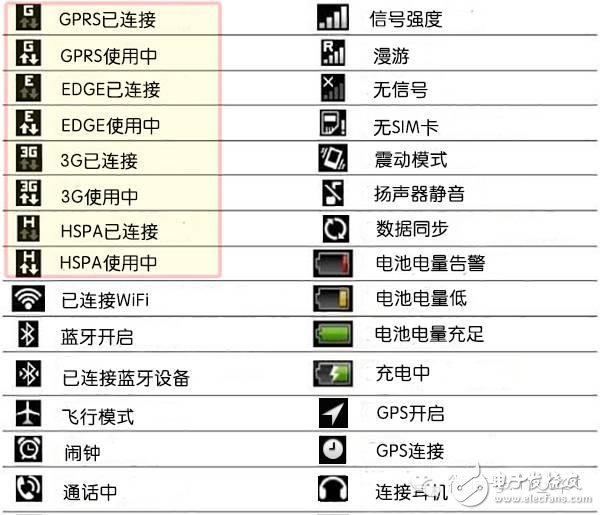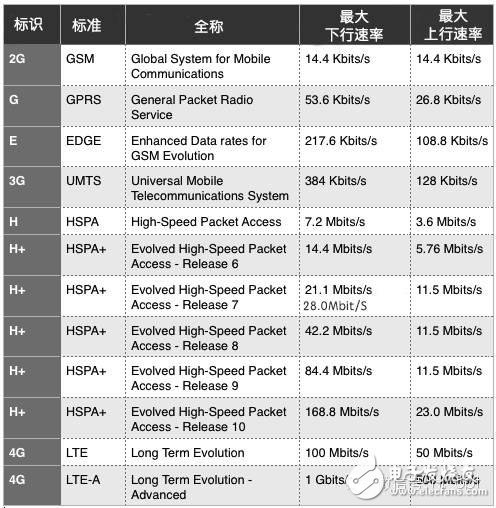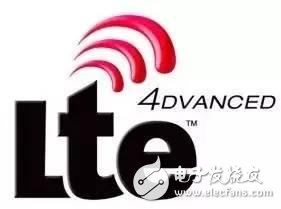Smartphones have become an essential part of our daily lives. From waiting for the bus to eating a meal, or even during a date or before going to sleep, we are constantly looking at our phones. But do you really know everything about your smartphone and the internet? As a communications engineer, I’ve always been curious about how these devices work. In this article, I’ll share some interesting facts that might help you understand your phone better.

1
The Icons on Your Phone
When you turn on your phone, you often see various icons next to the signal strength bar. These symbols represent different network technologies and connection statuses. Let’s take a closer look at what they mean.

Have you ever wondered what those letters like G, E, 2G, 3G, H, 4G, and others stand for? They indicate the type of mobile network your phone is connected to. Let’s break them down one by one.

2G, G, and E are all part of the second-generation mobile communication technology. 2G is primarily based on GSM (Global System for Mobile Communications) and CDMA (Code Division Multiple Access). Within 2G, there are also upgraded versions like GPRS (G) and EDGE (E), which are considered 2.5G and 2.75G respectively.
2G (GSM) has a maximum data rate of around 14.4 Kbps, while GPRS (G) can reach up to 53.6 Kbps. EDGE (E) offers faster speeds, with a maximum of 217.6 Kbps.
3G, H, and H+ refer to enhanced versions of 3G networks. The H+ standard can theoretically reach up to 168.8 Mbps, but in practice, it's usually around 42.2 Mbps due to the evolution of LTE technology.
T stands for TD-SCDMA, another 3G standard developed in China. It's one of the three main 3G standards, alongside WCDMA and CDMA2000. UMTS refers to the technical specifications of the entire 3G network, including both the core and wireless parts.
Now let's move on to the next generation of mobile networks—4G.
2
3.9G — 4G — 4.5G
Many people think LTE means 4G, but that’s not entirely accurate. So what exactly is LTE?
LTE stands for Long-Term Evolution. It’s a development of the UMTS (Universal Mobile Telecommunications System) standard created by the 3GPP (Third Generation Partnership Project). There are several versions of LTE, from Release-8 to Release-16, each bringing improvements over the previous ones.
The earlier releases, such as Release-8 and Release-9, are often referred to as 3.9G. They're officially called LTE and have a logo like this:

Release-10 and later versions are known as LTE-Advanced and are considered true 4G. Their logo looks like this:

Release-13 introduced LTE-Advanced Pro, which is commonly called 4.5G or 4G+. Its logo is as follows:

We are now entering the 4G+ era, where download speeds are approaching 1 Gbps. Future releases, such as Release-15 and Release-16, are expected to introduce 5G technology, which will bring even faster speeds and more reliable connections.
3
Don’t Be Fooled by Your Cell Phone Signal
Wall Mount Power Adapter,Wall Mount Ac Dc Power Adapters,Sony Tv Power Adapter Wall Mount,Pin Plug Power Adapter
Guang Er Zhong(Zhaoqing)Electronics Co., Ltd , https://www.geztransformer.com